
1. System time: generally speaking, we execute d The time seen by the ate command, all time calls under the Linux system (except for the command to directly access the hardware time) are used at this time.
2. Does the questioner want to ask "What is the command of linux to check the current time"? Date. According to the query of Zhongguancun Online, the command to view the current time in the Linux system is date. You only need to open the system and enter it in the command bar.
3. Can passCheck the status of the file through the stat command, where accesstime: read the content of the file once, and the time will be updated. For example, use the less command or more command for this file.
4. Use the date command to check the current time of the system. Use "date-s hour minutes and seconds" to modify the system time. Use the command: "date-s complete date and time (YYYY-MM-DDhh: mm)" to modify the date and time of the Linux system. Finally, use the command: "hwclock-w" to write the time to bios to avoid restart failure.
5. Display time: year/month/day. -d parameter, indicating that what is to be displayed is the time represented by the following string, 1 day ago indicates the time 1 day ago.Date +%Y-%m-%d %H-%M-%S This is the display time + and then the time format.
6. The time inside of Linux is timestemp. This time output is based on the settings of the current time zone. The setting file of the current time zone is /etc/localtime (if I remember correctly). Even if you don't set the time zone, the system will still have a default time zone for output.
t Op is a dynamic display process, that is, the current state can be constantly refreshed through the user button. If the command is executed in the foreground, it will exclusively display the CPU, memory usage and execution time in the foreground until the program is terminated by pressing ctrl+C.
m: switch to display memory information; t: switch to display process and CPU status information; c: switch to display command name and complete command line; M: sort according to resident memory size; P: sort according to CPU usage percentage size;T: Sort according to time/cumulative time; w: Write the current settings to the ~/.toprc file.
Line 4: Total amount of physical memory, usage, idle amount, as the amount of memory cached by the kernel. Line 5: Total amount of virtual memory, usage, idle amount, memory data that has been loaded in advance.
The top command can dynamically display the resource occupation status of Linux. The top command commonly uses the -d option. The -d option indicates the number of seconds the interface update of the top command (the default is updated once every 5 seconds). Generally, the -d option is set to 2, which means that it is updated once every 2 seconds.
Linux system can view the system's CPU, memory, runtime, swap partition, executed threads and other information through the top command.Through the top command, you can effectively find out where the system's defects are. It is because the memory is insufficient, the CPU processing capacity is insufficient, and the IO reading and writing are too high.
top command The top command is used to dynamically monitor information such as process activity and system load, and its format is top. The top command is quite powerful and can dynamically view the status of system operation and maintenance, and completely regarded it as an "enhanced version of Windows Task Manager" in Linux. The running interface of the top command is shown in the figure.
linux system contains two kinds of time, one is system time and the other is hardware time.
GuideThe reason for this is that Winows and Linux handle hardware time differently. Windows treats hardware time as local time, while Linux treats hardware time as UTC time. Therefore, there will be an eight-hour difference between using Windows and Linux in China's UTC+8 time zone.
According to the previous statement, when restarting the system, the hardware time will read the system time to achieve synchronization, but when it is not restarted, it needs to be synchronized with the hwclock command.
The time we generally see is the system time, and the hardware time refers to the CMOS time on the motherboard. These two times are not always synchronized, and generally every 11 minutes.When the system starts, the time will be read from the CMOS as the system time, and then the system time is independent.
Arena plus APK-APP, download it now, new users will receive a novice gift pack.
1. System time: generally speaking, we execute d The time seen by the ate command, all time calls under the Linux system (except for the command to directly access the hardware time) are used at this time.
2. Does the questioner want to ask "What is the command of linux to check the current time"? Date. According to the query of Zhongguancun Online, the command to view the current time in the Linux system is date. You only need to open the system and enter it in the command bar.
3. Can passCheck the status of the file through the stat command, where accesstime: read the content of the file once, and the time will be updated. For example, use the less command or more command for this file.
4. Use the date command to check the current time of the system. Use "date-s hour minutes and seconds" to modify the system time. Use the command: "date-s complete date and time (YYYY-MM-DDhh: mm)" to modify the date and time of the Linux system. Finally, use the command: "hwclock-w" to write the time to bios to avoid restart failure.
5. Display time: year/month/day. -d parameter, indicating that what is to be displayed is the time represented by the following string, 1 day ago indicates the time 1 day ago.Date +%Y-%m-%d %H-%M-%S This is the display time + and then the time format.
6. The time inside of Linux is timestemp. This time output is based on the settings of the current time zone. The setting file of the current time zone is /etc/localtime (if I remember correctly). Even if you don't set the time zone, the system will still have a default time zone for output.
t Op is a dynamic display process, that is, the current state can be constantly refreshed through the user button. If the command is executed in the foreground, it will exclusively display the CPU, memory usage and execution time in the foreground until the program is terminated by pressing ctrl+C.
m: switch to display memory information; t: switch to display process and CPU status information; c: switch to display command name and complete command line; M: sort according to resident memory size; P: sort according to CPU usage percentage size;T: Sort according to time/cumulative time; w: Write the current settings to the ~/.toprc file.
Line 4: Total amount of physical memory, usage, idle amount, as the amount of memory cached by the kernel. Line 5: Total amount of virtual memory, usage, idle amount, memory data that has been loaded in advance.
The top command can dynamically display the resource occupation status of Linux. The top command commonly uses the -d option. The -d option indicates the number of seconds the interface update of the top command (the default is updated once every 5 seconds). Generally, the -d option is set to 2, which means that it is updated once every 2 seconds.
Linux system can view the system's CPU, memory, runtime, swap partition, executed threads and other information through the top command.Through the top command, you can effectively find out where the system's defects are. It is because the memory is insufficient, the CPU processing capacity is insufficient, and the IO reading and writing are too high.
top command The top command is used to dynamically monitor information such as process activity and system load, and its format is top. The top command is quite powerful and can dynamically view the status of system operation and maintenance, and completely regarded it as an "enhanced version of Windows Task Manager" in Linux. The running interface of the top command is shown in the figure.
linux system contains two kinds of time, one is system time and the other is hardware time.
GuideThe reason for this is that Winows and Linux handle hardware time differently. Windows treats hardware time as local time, while Linux treats hardware time as UTC time. Therefore, there will be an eight-hour difference between using Windows and Linux in China's UTC+8 time zone.
According to the previous statement, when restarting the system, the hardware time will read the system time to achieve synchronization, but when it is not restarted, it needs to be synchronized with the hwclock command.
The time we generally see is the system time, and the hardware time refers to the CMOS time on the motherboard. These two times are not always synchronized, and generally every 11 minutes.When the system starts, the time will be read from the CMOS as the system time, and then the system time is independent.
Hearthstone arena deck Builder
author: 2025-02-05 23:28Free sports events uefa champions league app android
author: 2025-02-05 22:27 Bingo Plus
Bingo Plus
591.24MB
Check UEFA Champions League live
UEFA Champions League live
151.82MB
Check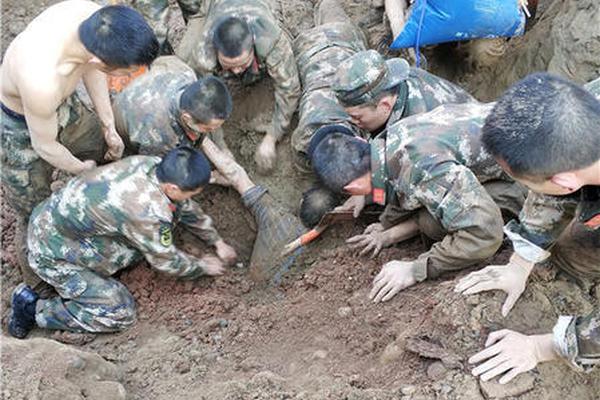 Hearthstone Arena win rate
Hearthstone Arena win rate
641.51MB
Check Bingo Plus
Bingo Plus
687.75MB
Check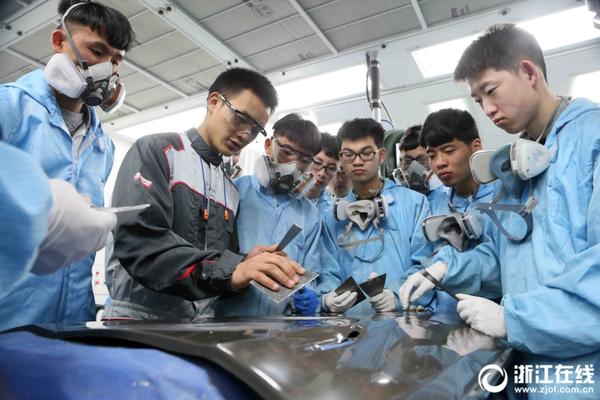 Casino redeem
Casino redeem
564.12MB
Check UEFA Champions League live streaming free
UEFA Champions League live streaming free
652.55MB
Check Hearthstone Arena win rate
Hearthstone Arena win rate
567.55MB
Check Hearthstone Wild Decks
Hearthstone Wild Decks
493.74MB
Check Hearthstone Wild Decks
Hearthstone Wild Decks
557.28MB
Check Hearthstone arena deck Builder
Hearthstone arena deck Builder
426.16MB
Check Casino Plus free 100
Casino Plus free 100
497.22MB
Check Bingo Plus stock
Bingo Plus stock
454.27MB
Check Champions League
Champions League
665.72MB
Check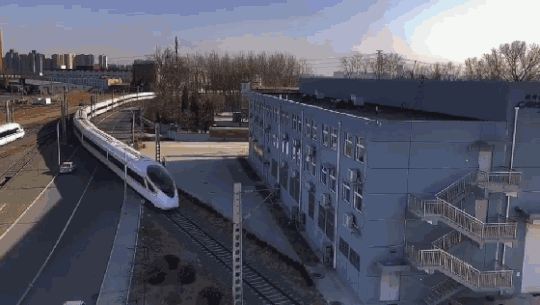 Casino Plus login register
Casino Plus login register
663.14MB
Check UEFA Champions League live
UEFA Champions League live
753.94MB
Check Hearthstone Arena win rate
Hearthstone Arena win rate
514.43MB
Check Hearthstone arena class win rates reddit
Hearthstone arena class win rates reddit
747.44MB
Check Casino Plus login register
Casino Plus login register
918.28MB
Check Arena Plus login
Arena Plus login
469.17MB
Check European Cup live
European Cup live
956.46MB
Check Free sports events uefa champions league app android
Free sports events uefa champions league app android
492.19MB
Check Bingo Plus stock
Bingo Plus stock
242.89MB
Check Hearthstone Wild Decks
Hearthstone Wild Decks
348.83MB
Check Arena plus APK
Arena plus APK
897.56MB
Check UEFA Champions League live
UEFA Champions League live
276.95MB
Check Casino Plus free 100
Casino Plus free 100
193.28MB
Check PAGCOR online casino free 100
PAGCOR online casino free 100
569.64MB
Check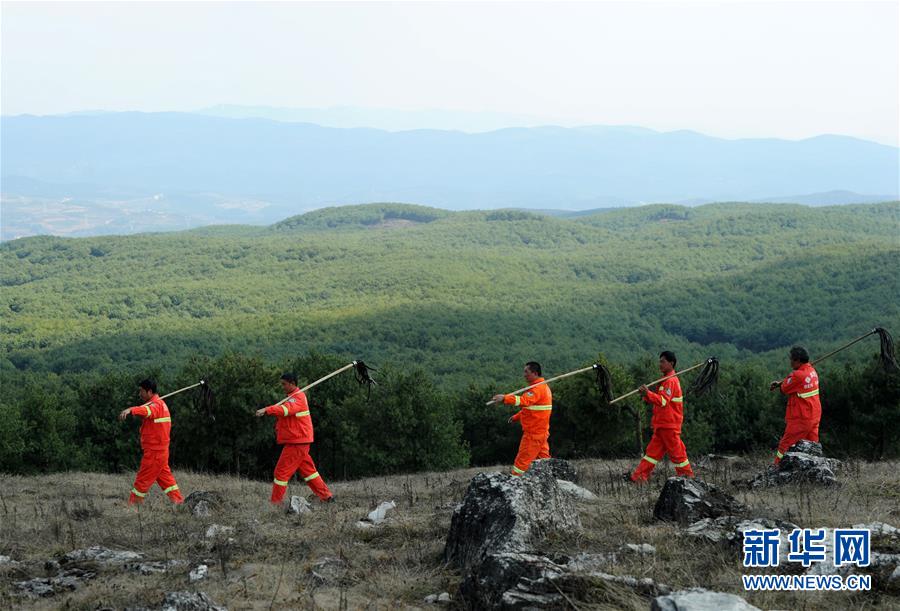 Hearthstone Arena Tier List
Hearthstone Arena Tier List
233.46MB
Check Champions League
Champions League
465.55MB
Check casino plus free 100
casino plus free 100
859.58MB
Check Casino redeem
Casino redeem
121.96MB
Check Casino redeem
Casino redeem
346.91MB
Check Bingo Plus
Bingo Plus
246.12MB
Check DigiPlus stock
DigiPlus stock
145.67MB
Check TNT Sports
TNT Sports
275.13MB
Check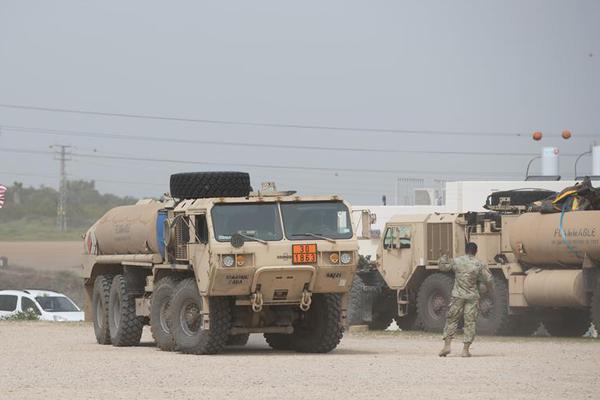 Casino Plus login register
Casino Plus login register
983.23MB
Check
Scan to install
Arena plus APK to discover more
Netizen comments More
801 UEFA European championship
2025-02-05 23:47 recommend
1800 casino plus free 100
2025-02-05 23:25 recommend
2092 PAGCOR online casino free 100
2025-02-05 23:01 recommend
1357 UEFA Champions League live streaming free
2025-02-05 22:50 recommend
1495 DigiPlus
2025-02-05 21:33 recommend